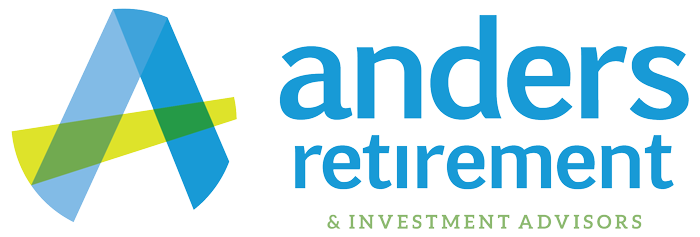Easy Money: How to Take Advantage of a Stock Market Crash
One of the most basic and crucial concepts in investing is dollar cost averaging. Dollar cost averaging spreads out your risk over a long period of time. And you’re probably dollar cost averaging without even knowing that you’re doing it, because as you put money gradually into a 401K, you are dollar cost averaging because you’re putting money in over a set period of time.
Now, if you’ve already accumulated your money, then you’re no longer dollar cost averaging. Let’s look at some math on how dollar cost averaging can lower your risk and actually increase the number of shares that you purchase during a market crash. Let’s take into consideration two separate examples of dollar cost averaging versus just purchasing a lump sum.
1. Example one, you have $400 that you put into the market and let’s say whatever you’re buying is currently $50 per share. So that $400 at $50 a share will buy you 8 shares. Makes sense right?
Now let’s take a look at dollar cost averaging.
2. Example two, instead of putting in the $400 all upfront, we’re going to put in $100 over four months. Month one, we have that same $50 a share; we know that. So you have just purchased two shares. Month two, same $50 a share. There was no price change. Again, you purchased two shares. Month three, what you’re purchasing decreased by 50%, it was a terrible month, and now it’s down at $25 a share, but you’re still controlling the same $100 so now you have four shares for that month. Month four was also not a great month and the shares went down to $20 per share and you have purchased five shares.
So now let’s total that up.
Month one, you purchased two shares with your $100. Month two, once again, you purchased two shares. Month three, you purchased four shares. And month four, you purchased five shares. The total shares that you purchased in this scenario with dollar cost averaging worked out to 13 shares. 5 more shares than the 8 bought outright in Example one
Now, once again, dollar cost averaging works when there’s a volatile market and there’s a market crash or a correction. If the price did nothing but go up over that timeframe, it actually wouldn’t have worked out as well in your favor. But remember, this video is all about taking advantage of market crashes.
Now let’s say you’re nearing retirement and you’ve already dollar cost averaged, you’ve already accumulated your money. Well, now what? How does this help me? Well, one thing that you can do is re-dollar cost average some of your money, meaning you can take your money out of whatever market index you have or whatever account you have that has the risk and put it in something that’s safe that will not go down with the market. From there, you can reintroduce it back into the market over whatever time period you’d like.
Remember, if you move your money to say cash and a market index goes up while you’re sitting in cash, you do not get those returns. So there is some risk there that you might potentially miss out on some returns, but if you’re fairly confident that the market’s going to have some type of correction or crash, then this will be a great way to reintroduce yourself back into the market and possibly spread out some of that risk and take advantage of the market crash.
Securities and advisory services offered through Madison Avenue Securities, LLC, member FINRA SIPC, and a registered investment advisor. Madison Avenue Securities, and Don Anders are not affiliated companies.
